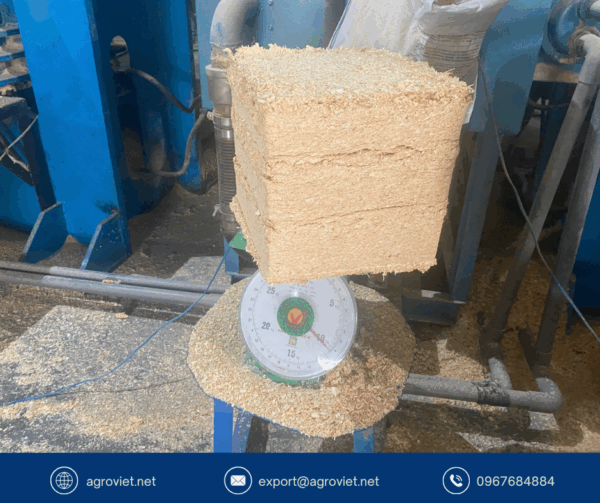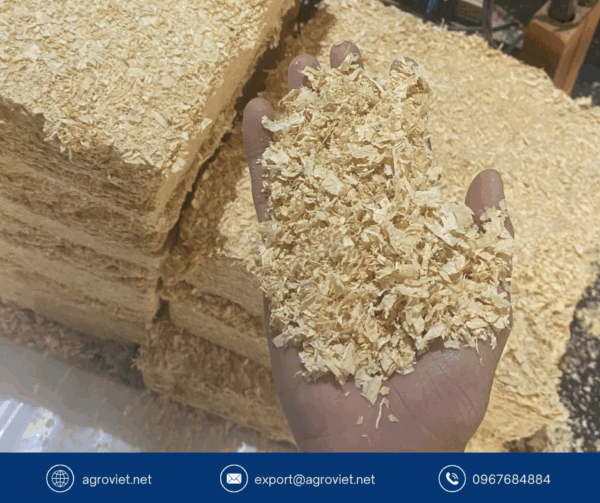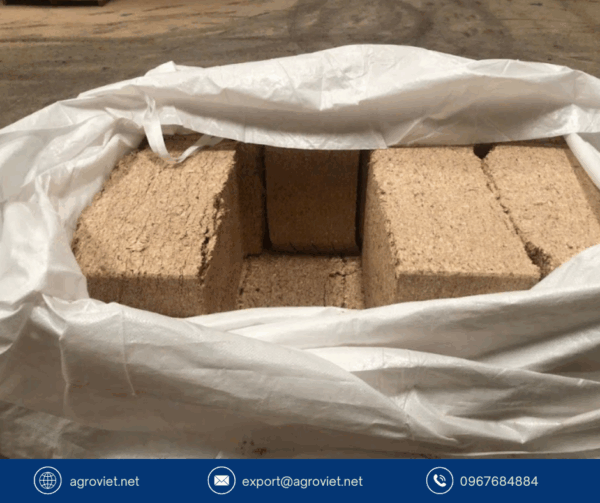Raising baby chicks requires careful attention to their environment, especially bedding, as it directly impacts their health and comfort. Wood shavings are a popular bedding choice for chicken coops and brooders, but many poultry keepers wonder if they’re safe for week-old chicks. Based on insights from experienced chicken keepers, such as those shared in a 2014 discussion on BackYard Chickens, this article explores the safety, pros, and cons of using wood shavings for baby chicks, along with practical tips and a case study to guide new poultry keepers.

Why Bedding Choice Matters for Baby Chicks
Baby chicks, especially those just a week old, have delicate respiratory systems and are prone to infections in unhygienic conditions. Bedding absorbs moisture, controls odors, and provides a comfortable surface for chicks to rest. However, the wrong bedding can introduce dust, toxins, or excessive moisture, leading to health issues like respiratory distress or foot problems. Wood shavings are a common choice, but their safety depends on the type and management.
Are Wood Shavings Safe for Week-Old Chicks?
Yes, wood shavings can be safe for week-old chicks if you choose the right type and maintain proper brooder conditions. Pine shavings, particularly kiln-dried and large-flake varieties, are widely recommended by poultry keepers for their low dust and high absorbency. However, cedar shavings should be avoided due to their aromatic oils, which can irritate chicks’ lungs and cause respiratory issues. Always ensure the shavings are free from contaminants like pesticides or mold.

Pros of Using Wood Shavings for Baby Chicks
Superior Absorbency
Pine shavings excel at absorbing moisture from chick droppings, keeping the brooder dry and reducing the risk of bacterial and fungal growth. A dry environment is critical for preventing diseases like coccidiosis, which thrives in damp conditions and can be fatal to young chicks. Their absorbency also minimizes ammonia buildup, which can irritate chicks’ respiratory systems and eyes.
Cost-Effective and Widely Available
Wood shavings, especially when purchased in bulk from feed stores, are highly economical. As noted in the BackYard Chickens discussion, an 8-11 cubic foot bale of pine shavings costs $5-$12 at farm stores, compared to $7 for a small 1-cubic-foot bag at pet stores. This makes them affordable for both small-scale and larger poultry operations. Additionally, pine shavings are widely available at agricultural supply stores, ensuring easy access for most keepers.
Low Dust with Proper Selection
Kiln-dried, large-flake pine shavings produce minimal dust, making them safer for chicks’ sensitive respiratory systems. Dust-extracted shavings undergo processing to remove fine particles, further reducing the risk of respiratory irritation. When paired with adequate ventilation, these shavings maintain a cleaner air environment, which is crucial for week-old chicks with underdeveloped lungs.
Versatility Across Growth Stages
Wood shavings are versatile, suitable for both brooders and adult coops. This eliminates the need to switch bedding types as chicks mature, simplifying management. Their consistent use also helps chicks adapt to the same texture and environment, reducing stress during the transition to the coop. Additionally, shavings can be reused in deep litter systems, where they compost naturally over time.
Eco-Friendly and Compostable
Pine shavings are biodegradable and can be composted after use, turning into nutrient-rich compost for gardens. When managed properly—by maintaining a hot compost pile at 140-150°F to kill pathogens—they offer an environmentally friendly disposal option. This appeals to sustainable poultry keepers looking to minimize waste and repurpose coop materials.
Comfort and Insulation
Wood shavings provide a soft, cushioned surface that supports chicks’ developing legs and feet, preventing issues like splayed legs. They also offer insulation, helping maintain a stable brooder temperature, which is critical for chicks that cannot fully regulate their body heat in the first week. A 1-2 inch layer ensures comfort without overwhelming small chicks.

Cons of Using Wood Shavings for Baby Chicks
Risk of Cedar Shavings
Cedar shavings release aromatic oils and volatile compounds that can overwhelm a chick’s delicate respiratory system, potentially causing coughing, wheezing, or long-term lung damage. As emphasized in the BackYard Chickens thread, cedar is unsuitable for any small animal, including chicks. Mislabeling or lack of clarity at stores can lead to accidental use, so always verify the wood type.
Dust from Fine or Low-Quality Shavings
Fine shavings or those not properly kiln-dried can generate dust, which may irritate chicks’ lungs and eyes, especially in poorly ventilated brooders. Dust can exacerbate conditions like conjunctivitis or early respiratory infections. Even high-quality shavings can become dusty if not stirred or cleaned regularly, as accumulated poop and moisture break them down into finer particles.
Potential for Ingestion and Crop Impaction
Week-old雞 may peck at wood shavings out of curiosity or hunger, especially if feed is not readily available. Ingesting shavings can lead to crop impaction, a potentially serious condition where theევ, the crop becomes blocked. While rare with large-flake shavings, this risk is higher with fine shavings and very young chicks still learning to eat properly.
Maintenance and Cleaning Demands
Wood shavings require regular maintenance to prevent dampness and microbial growth. As highlighted in the BackYard Chickens post, a brooder left uncleaned for five days can become wet and unhygienic, fostering bacteria and mold. Daily stirring and weekly replacement are necessary, which can be labor-intensive for new keepers or those with large brooders.
Potential for Mold in Poor Conditions
If shavings become wet and are not promptly replaced, they can harbor mold, such as Aspergillus fumigatus, which causes aspergillosis, a severe respiratory infection. This risk is higher in humid climates or poorly ventilated brooders, requiring vigilant moisture monitoring to protect chicks’ health.
Higher Initial Cost for Quality Shavings
While bulk pine shavings are cost-effective, high-quality, dust-extracted, large-flake shavings can be more expensive than alternatives like paper towels or rice husks, especially in areas with limited feed store access. For small brooders, the initial cost of a large bale may seem excessive, though it saves money long-term.
Best Practices for Using Wood Shavings in Brooders
- Choose Kiln-Dried Pine Shavings: Opt for large-flake, dust-extracted pine shavings from a reputable feed store. Avoid cedar or softwood shavings that smell like turpentine, as advised by community members like Karen.
- Ensure Proper Ventilation: Install vents or keep the brooder in a well-ventilated area to disperse dust and prevent ammonia buildup from droppings.
- Start with a Thin Layer: For week-old chicks, use a 1-2 inch layer of shavings to minimize dust while still providing absorbency. Increase the depth as chicks grow.
- Clean Regularly: Stir shavings daily to aerate and prevent clumping. Scoop out wet or soiled areas and replace the bedding fully every 1-2 weeks, depending on brooder size and chick numbers.
- Monitor Chicks’ Behavior: Watch for signs of pecking at shavings. Ensure chicks have constant access to unmedicated feed and clean water to reduce ingestion risks.
- Buy in Bulk: Purchase large bales (8-11 cubic feet) from feed stores for cost savings, as suggested in the BackYard Chickens thread. This ensures you have enough bedding for the brooder and future coop use.
Case Study: A New Poultry Keeper’s Success with Pine Shavings
Lisa, a first-time chick owner in Texas, started with six one-week-old chicks in a small brooder. Initially, she used paper towels as bedding, but they became soiled quickly and were expensive to replace. After reading online forums, she switched to kiln-dried pine shavings from a local feed store, costing $6 for an 8-cubic-foot bale. Lisa layered 1.5 inches of shavings and stirred them daily, scooping out droppings to keep the brooder dry. She also added a small vent to her garage setup for better airflow. Within days, the brooder smelled fresher, and her chicks showed no signs of respiratory distress or foot issues. By week three, her chicks were thriving, and Lisa continued using pine shavings in their coop, saving money and maintaining a healthy environment.
Alternatives to Wood Shavings
If wood shavings aren’t ideal for your setup, consider these alternatives:
- Rice Husks: As the original poster used, rice husks are absorbent and low-dust but may be hard to source, as noted in the discussion.
- Washed Sand with PDZ: Fine, kiln-dried sand mixed with a deodorizer like PDZ is easy to clean and keeps odors low, though it’s heavier and less compostable.
- Paper-Based Bedding: Shredded paper or commercial chick bedding is safe but less absorbent and may need frequent replacement.
Watch more:
When to Avoid Wood Shavings
Avoid wood shavings if you only have access to cedar or fine, dusty shavings, or if your brooder lacks adequate ventilation. For the first few days of life, some keepers prefer paper towels or non-slip shelf liners to prevent chicks from ingesting bedding while they learn to eat. Transition to shavings after 4-5 days once chicks are eating well.

Conclusion
Wood shavings, particularly kiln-dried pine, are safe and effective for week-old chicks when managed properly. They offer excellent absorbency, cost savings, and versatility, making them a go-to choice for many poultry keepers. However, avoid cedar shavings, ensure good ventilation, and clean regularly to prevent health risks. By following best practices and learning from community insights, like those shared on BackYard Chickens, you can create a healthy, comfortable brooder environment for your chicks to thrive.
Read more: https://vietnambestwood.com/general/prevent-respiratory-wood-shavings/
